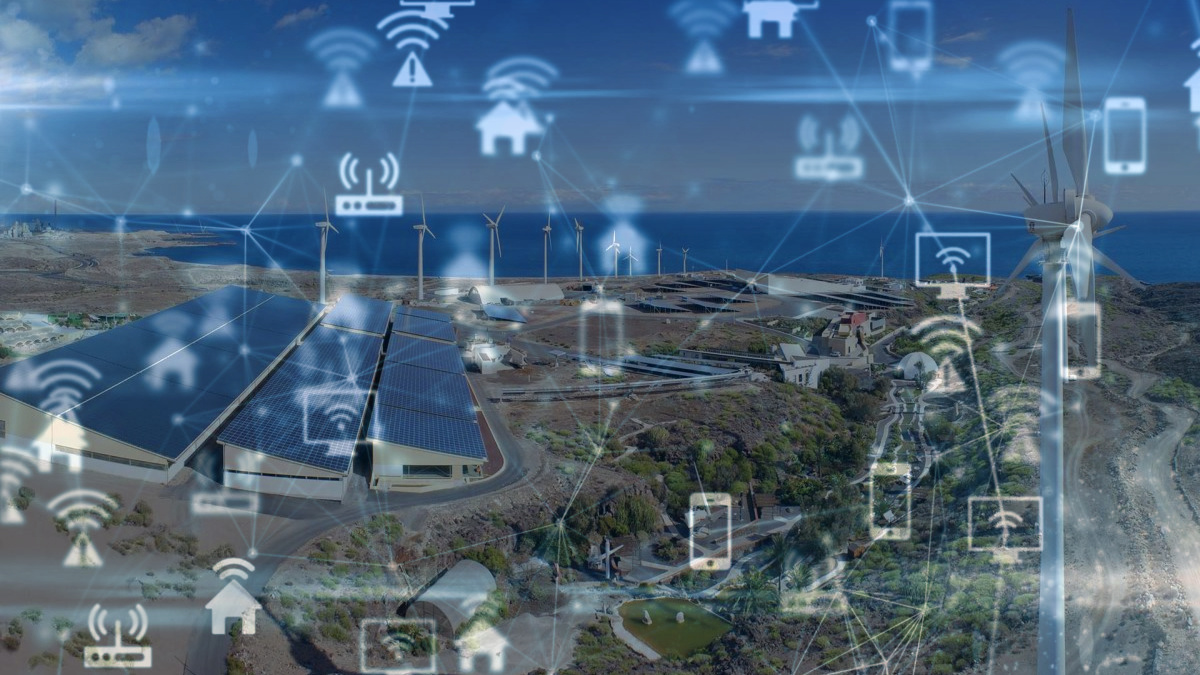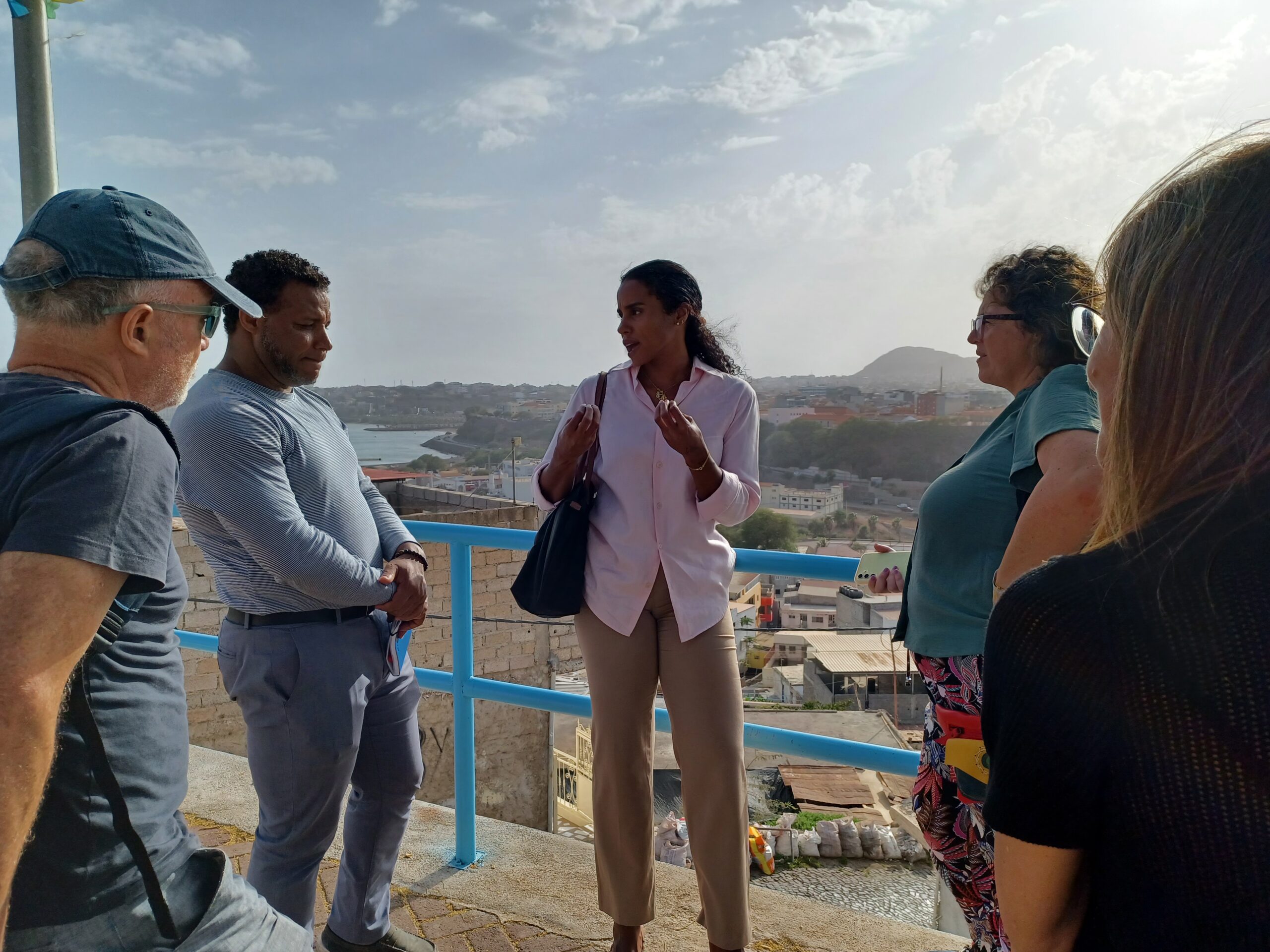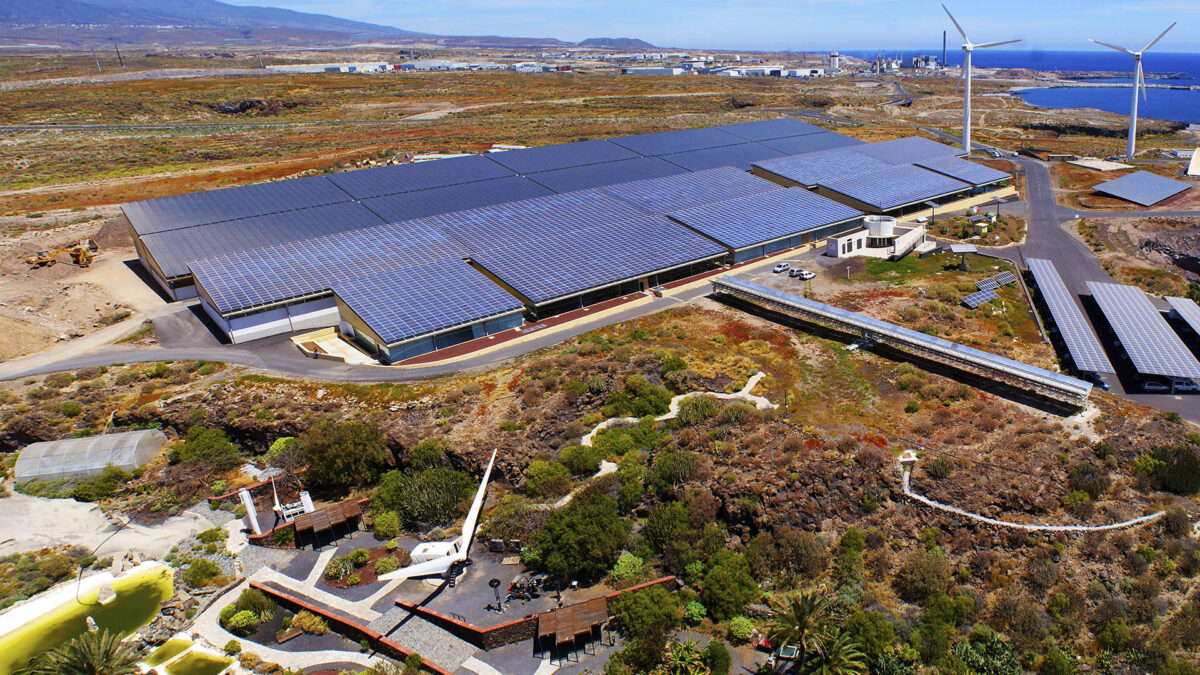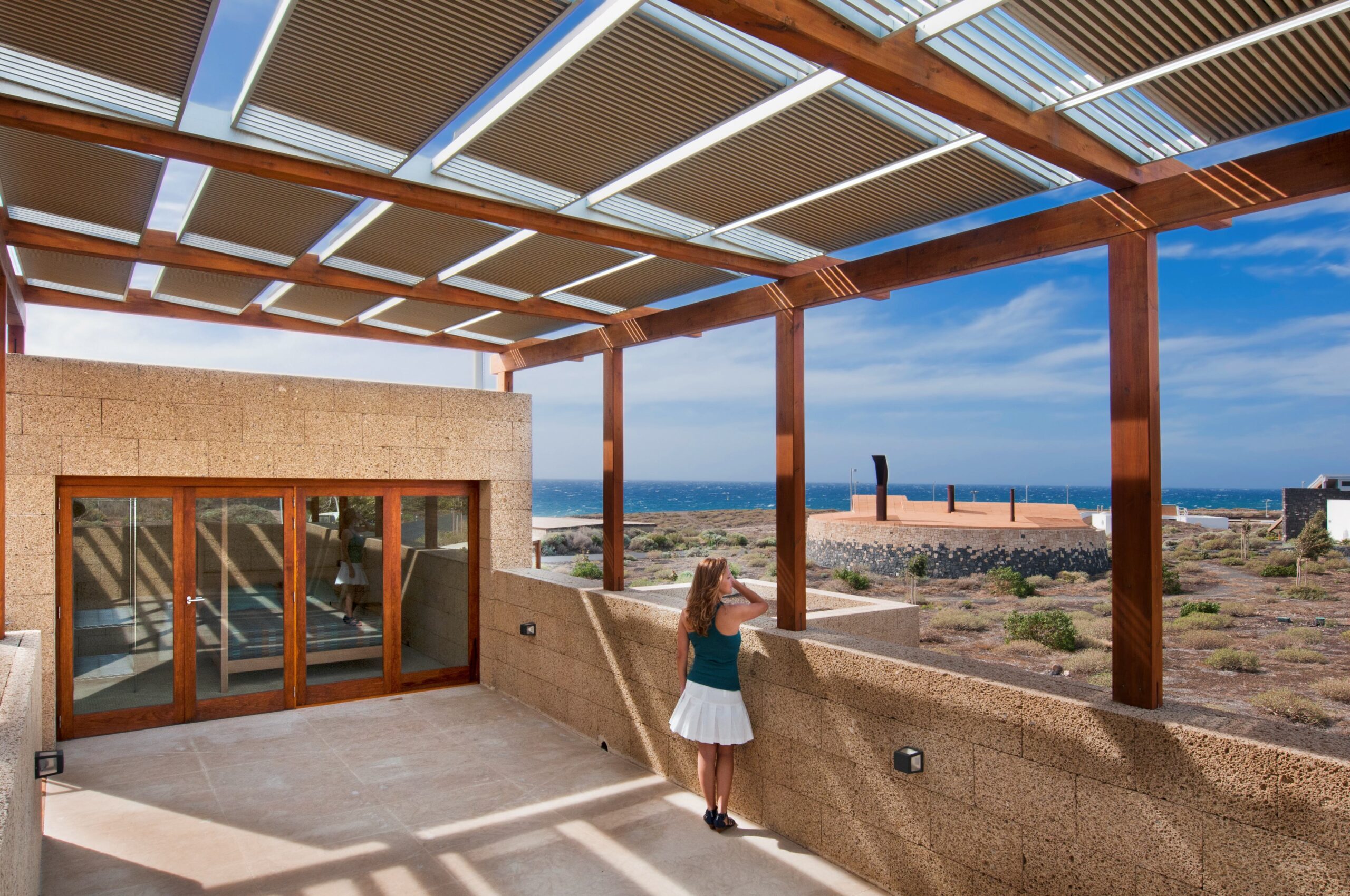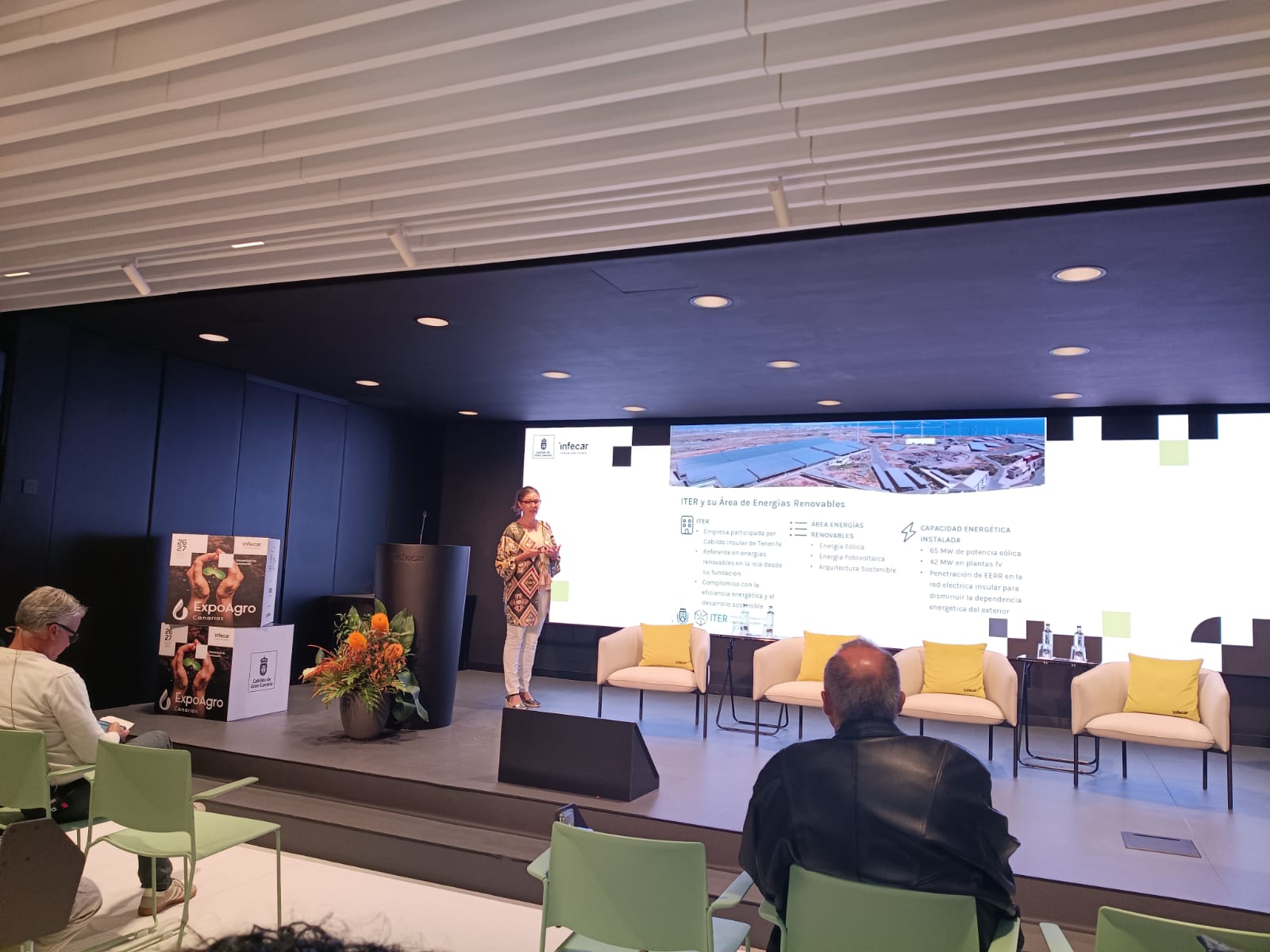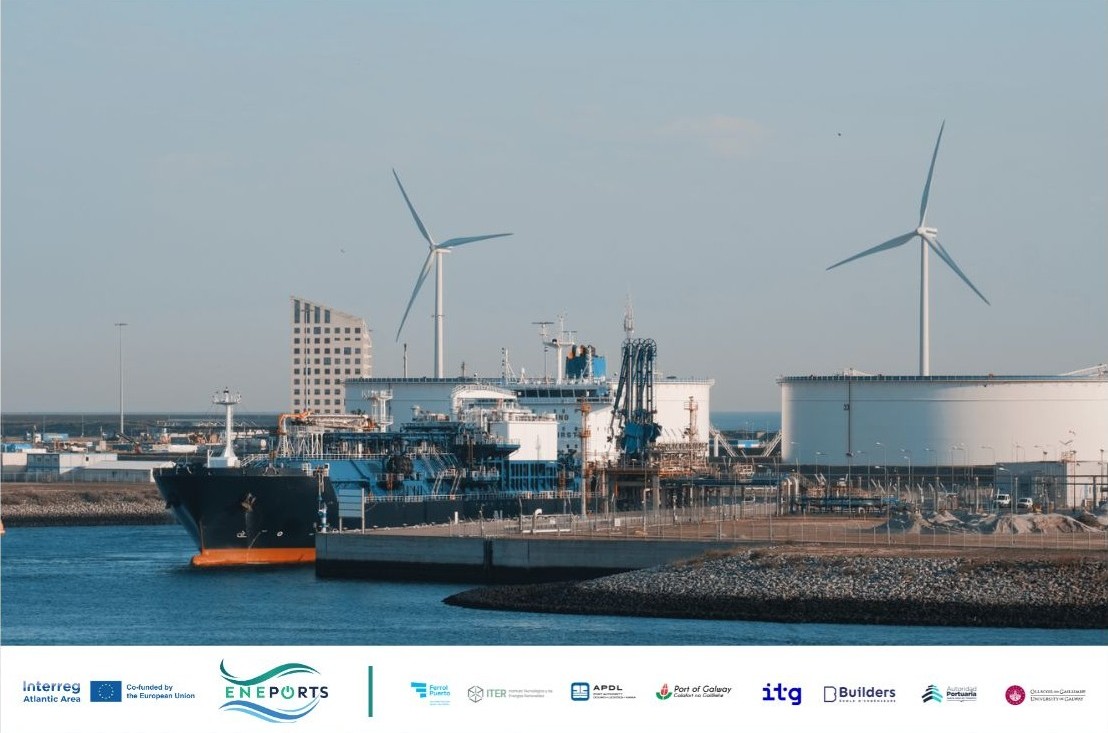Sistema de adquisición, monitorización y control de datos
Detalles
Acrónimo: NEXO
Socios: Instituto Tecnológico y de Energías Renovables
Duración: Ongoing – estructural
Presupuesto: Internal
Financiación: Internal
Descripción general del proyecto
Los recursos energéticos del ITER están distribuidos geográficamente, y el acceso a los datos asociados se realiza de forma remota y automática mediante consultas a los equipos de medición de cada una de las instalaciones energéticas.
El objetivo principal de este proyecto en curso es modernizar la infraestructura digital responsable de la adquisición y el almacenamiento de datos de las instalaciones de generación de energía del ITER: parques eólicos y plantas fotovoltaicas. Por ello, la Unidad de Robótica trabaja en el desarrollo e implementación de un sistema versátil, escalable y de fácil mantenimiento que actúa como interfaz para los datos de toda la infraestructura energética y los datos relacionados con su generación y consumo.
Para su implementación, las consultas a los equipos de campo (medidores, analizadores de red, estaciones, etc.) se centralizan en un servidor IoT mediante diferentes protocolos de comunicación: Modbus, IEC870-5, SNMP, etc. Una vez consultados los datos del equipo remoto, el servidor guarda una copia en una base de datos y gestiona y responde a las solicitudes de otros agentes o servicios que utilizan los datos.
Los equipos integrados en Nexo se clasifican por criterios como ubicación, tipo de energía y contador, responsabilidad de gestión, operador, etc., lo que facilita enormemente la gestión de la información asociada a ellos. Además, los datos registrados en el servidor IoT serán accesibles a través de una o más interfaces (API). El acceso seguro y coordinado a los datos, proporcionado por el sistema, permite al operador configurar el acceso según las necesidades de los servicios o usuarios de los datos.
Además, el sistema implementado permitirá una monitorización más eficiente de los datos y eventos generados por los equipos integrados. Gracias al minucioso control en tiempo real de las incidencias y eventos que puedan ocurrir tanto en los equipos de comunicaciones como en los de medición, se observa una mejora notable en la toma de decisiones ante imprevistos o en el mantenimiento preventivo de los equipos.
El sistema resultante del proyecto Nexo tendrá la versatilidad de capturar y procesar diferentes tipos de datos, lo que permitirá la integración de cualquier tipo de equipo remoto, no solo los relacionados con la generación y el consumo de energía eléctrica.


